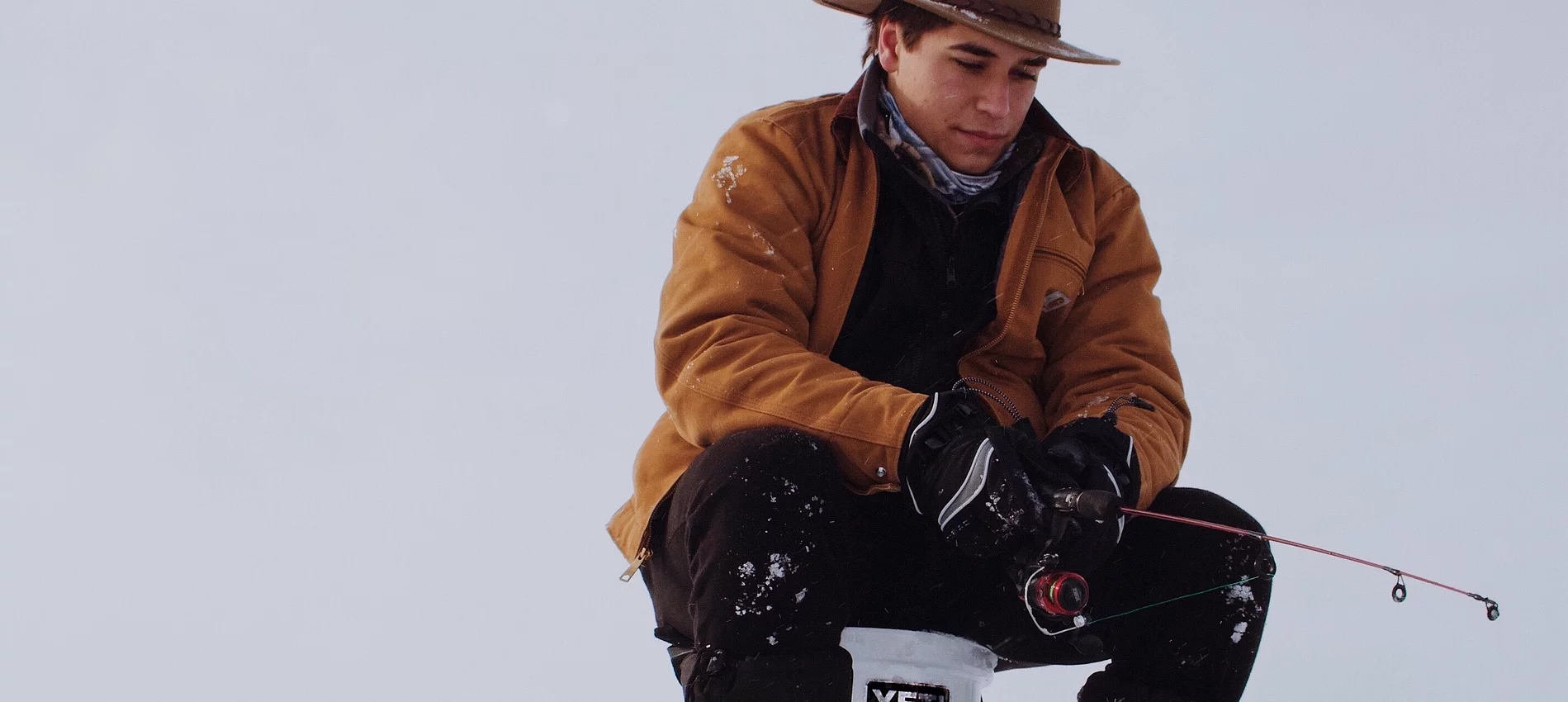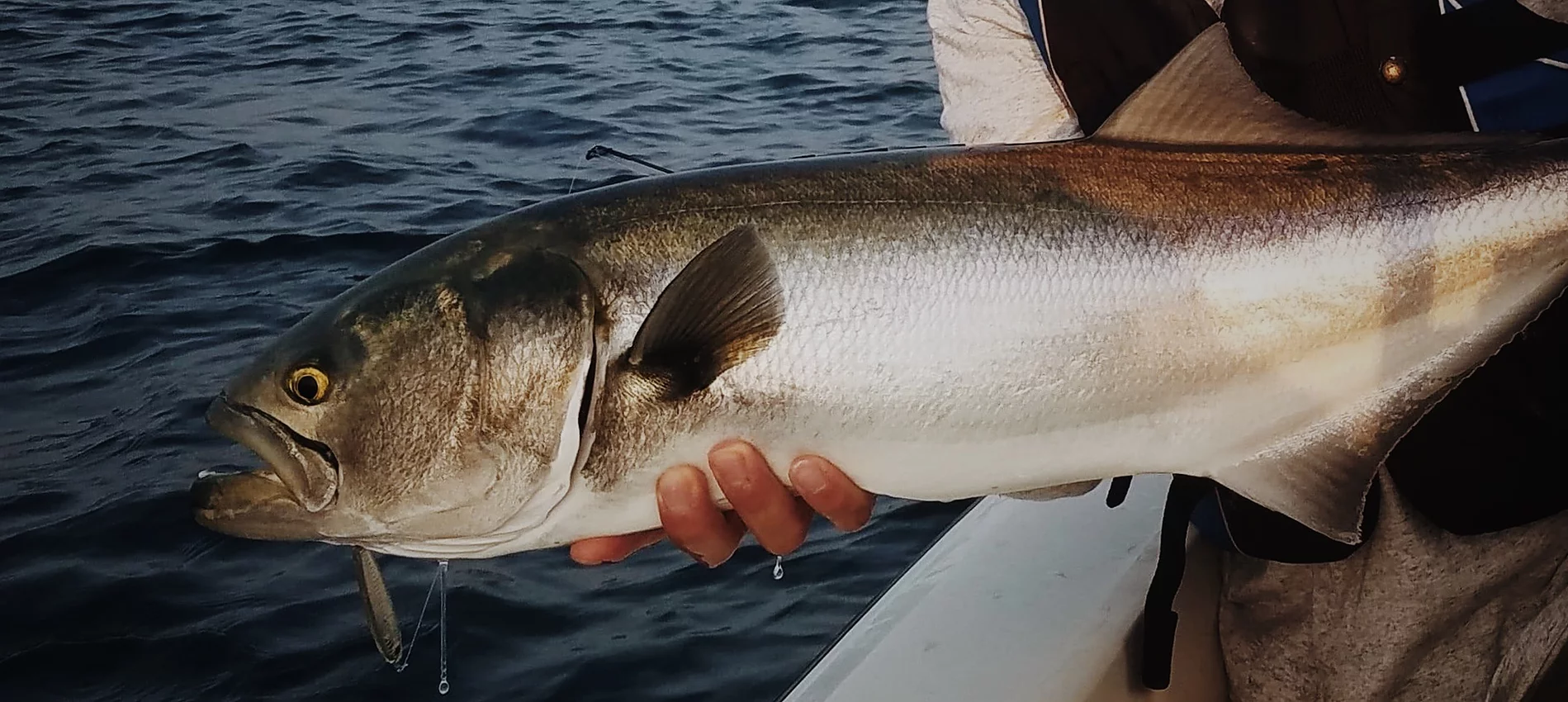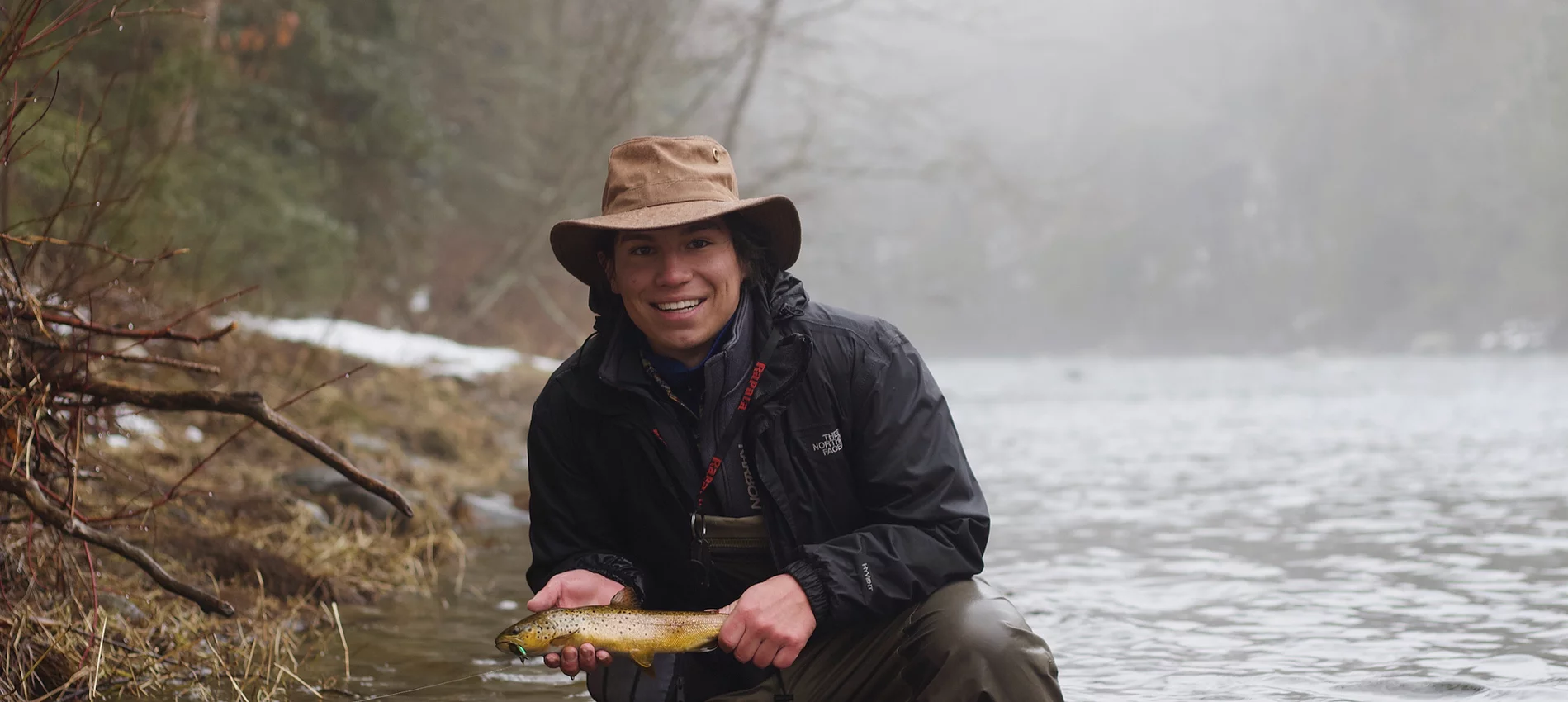Questions about feeder rigs
Surprisingly since recent times, there has been a slow decline in the number discussions on fishing rigs. This is due in part to the rising popularity of fishing sports, as well as the obligatory use of slidingrigging.
The moments used by athletes quickly migrated over to advanced amateurs (as platforms, measuring tapes and all that it took), but there were not fewer questions about how to make and use feeder mountings.
Question 1. Question 1. Which is the most sensitive one?
It was a brilliant question and many "spears" were broken in trying to find the answer. The disputes have subsided now, but fishermen are still trying to figure out how to calculate shoulder length, leash course, snap movement logic, and any other wisdom associated with a different plan. The result? The anglers were unsuccessful. They caught almost identical fish, both paternosters and running.
Many anglers now use a more spiritual installation, be it paternosters, loop differences or sports slid rigging. While the sensitivity will be nearly identical in all variants, we will also discuss other advantages or disadvantages (more later).
Question 2. Is "runnin-rig" really necessary?
I've been fishing for paternoster for my entire life and now they convince us that inline really is a master fisherman. Is it worthwhile switching to this snap in? Absolutely not! If you are not able to perform at competitions and have your hands free from any restrictions, then catch what you like. Don't listen to anyone. Practical experience shows that more anglers return to paternoster and loop installation of various types. They are not afraid to "jump” from one option to the next. It's easy to see why - some rigs are better on a standing-pond than others.
But, it is possible to interpret a dialogue in a similar fashion as an insult to modern sliding rigging. It is far from true. Sports montages, which are excellent for any fishing condition, have an amazing resistance to overlaps. They also transmit the bite well when properly manufactured. It's not that this installation is "Orthodox", but calling the rest of the equipment "heresy" or "the only right one" is wrong. You can use what you want and it will make you happy.
Question 3. What if I had to choose from several snap-in options?
What should my attention be?
The most exciting! Before you choose a snap in, make sure to understand the conditions.
The sensitivity of every installation is virtually identical so the criteria for choosing equipment are these:
- Avoidance of overlap. It is easy to forget that the installation must be able to perform during casting, waiting until biting and exhaustion, as well as other fishing modes. You can't use any equipment that isn't well-designed if it becomes confused by casting.
- The precise location of snap elements during fishing. As a result, the catchability is affected by a natural presentation.
- Ability to work in different environments and on ground of any kind. Equipment must work correctly in all conditions, be it solid ground, stones or pebbles, and even currents.
- Ease and simplicity of manufacturing. Many anglers do not love the task of manufacturing mountings or other elements. However, it is hard to explain the logic behind these actions. The snap-in is simpler, fits faster, and has fewer elements. This makes it easier to catch fish and less confusing. This is a fact that even beginners can grasp. This is why anglers are moving away from the asymmetrical rig - sometimes even experienced feeders don't know how to do it right.


